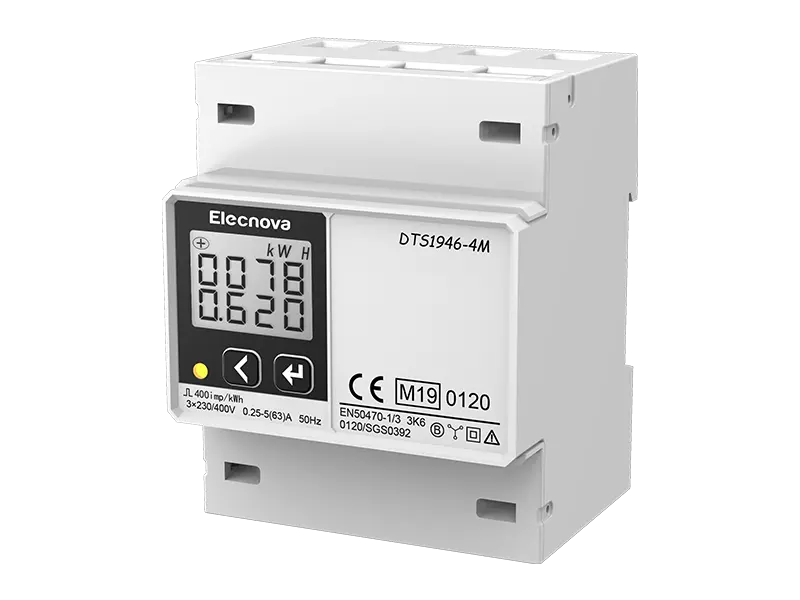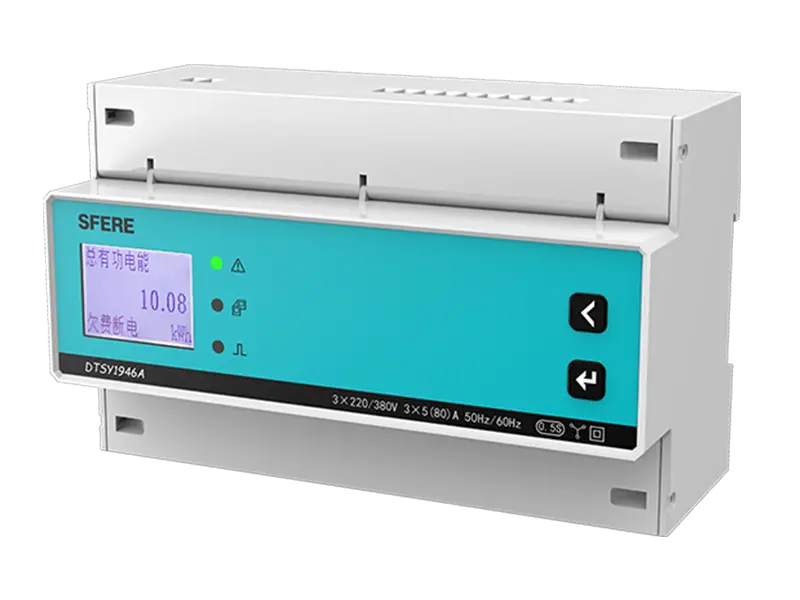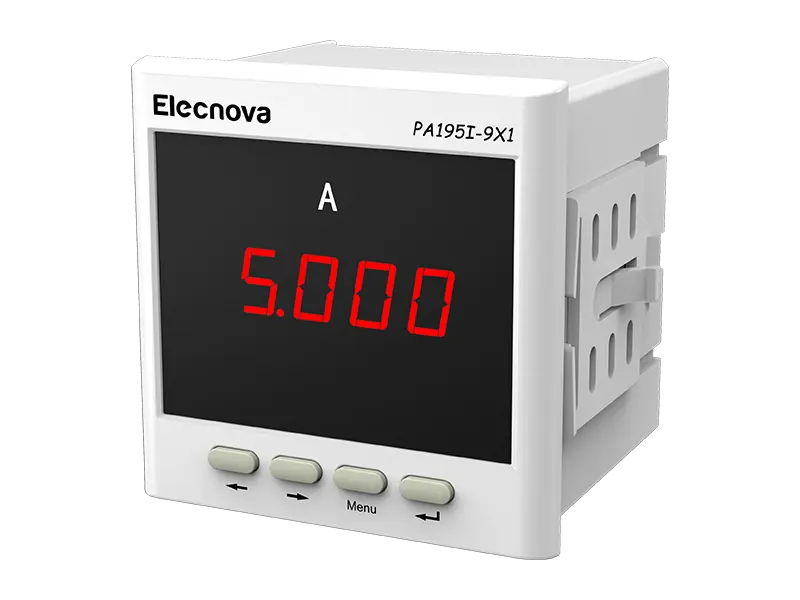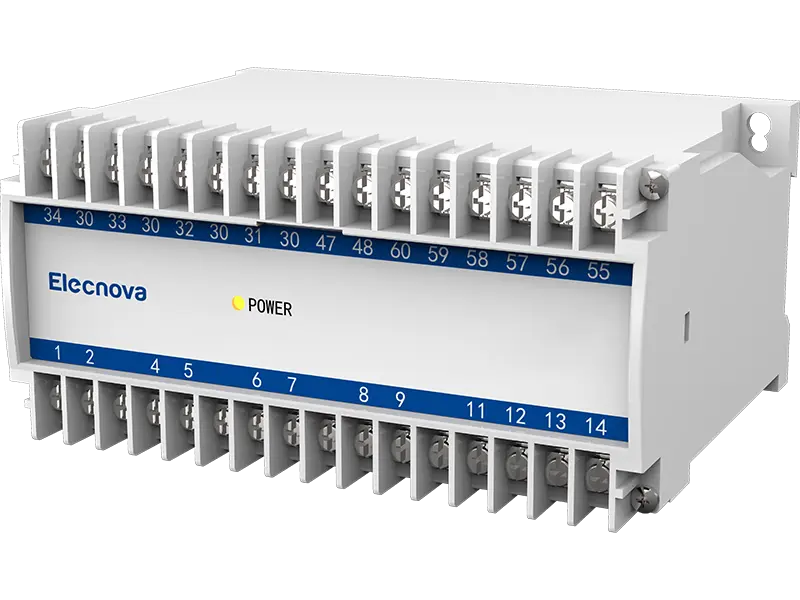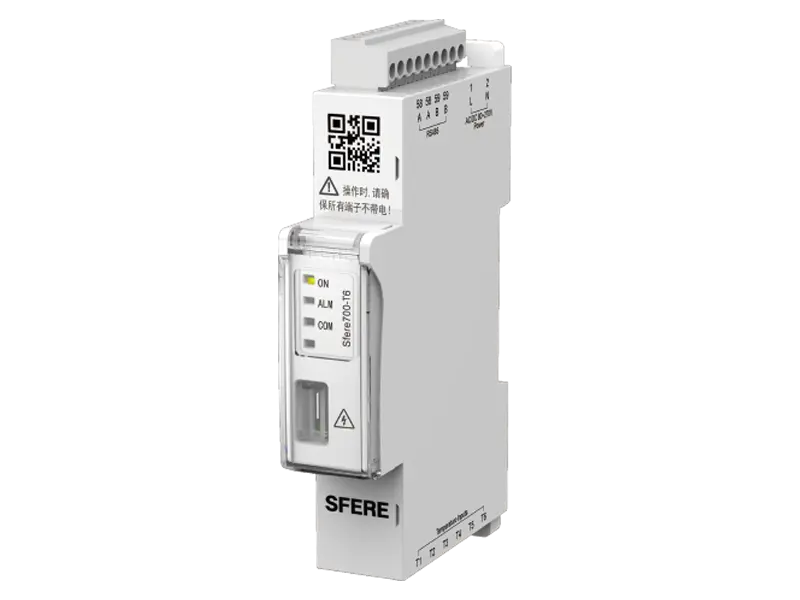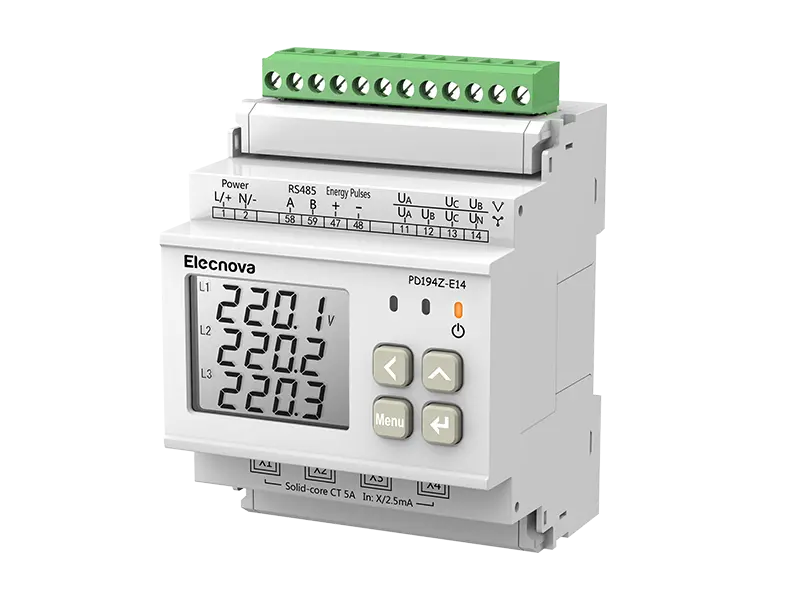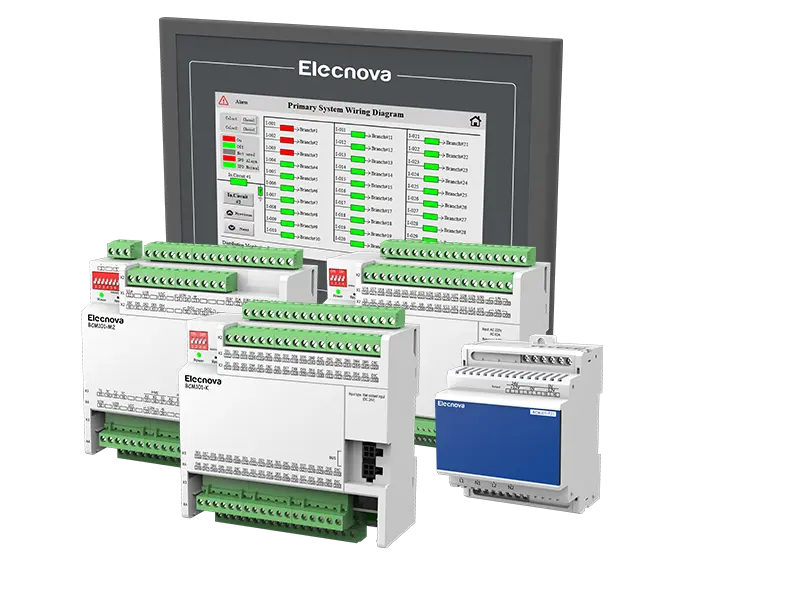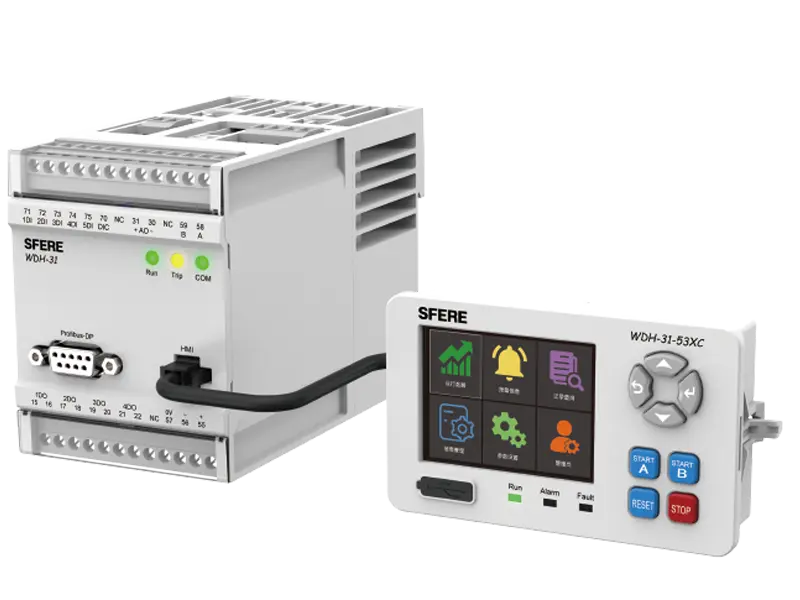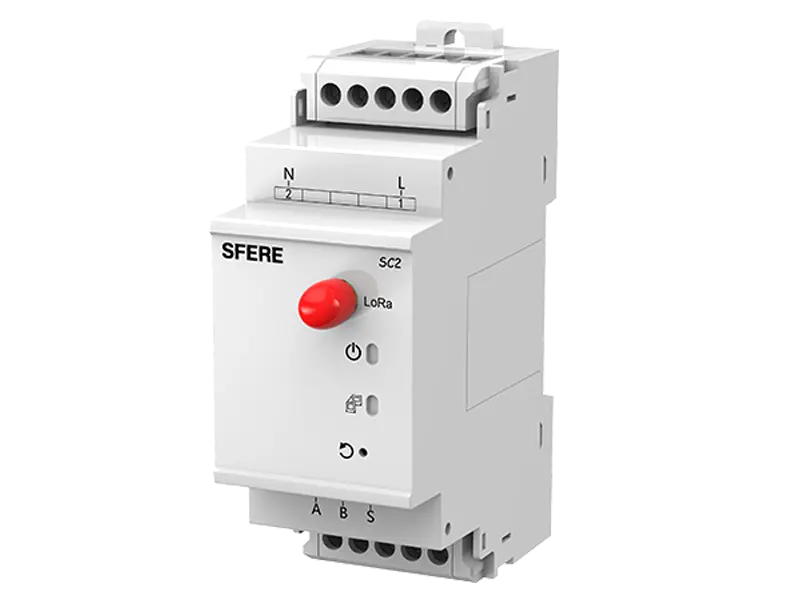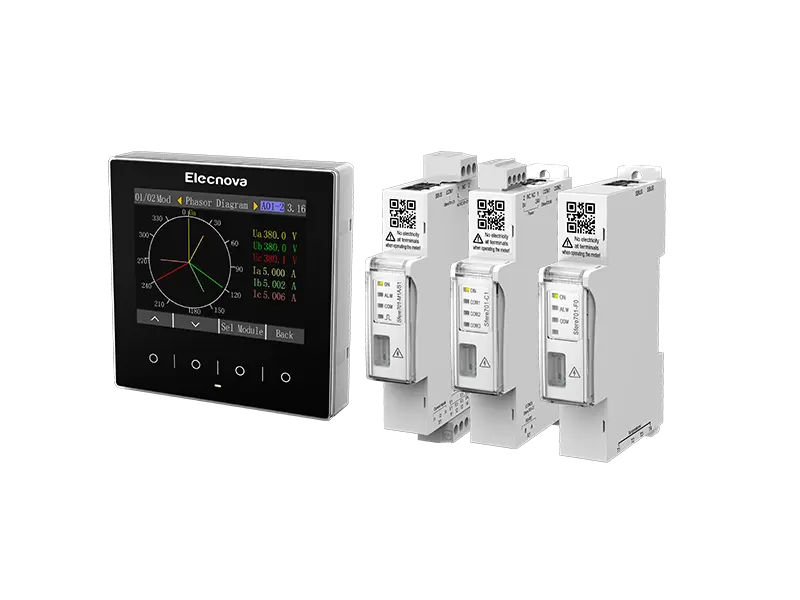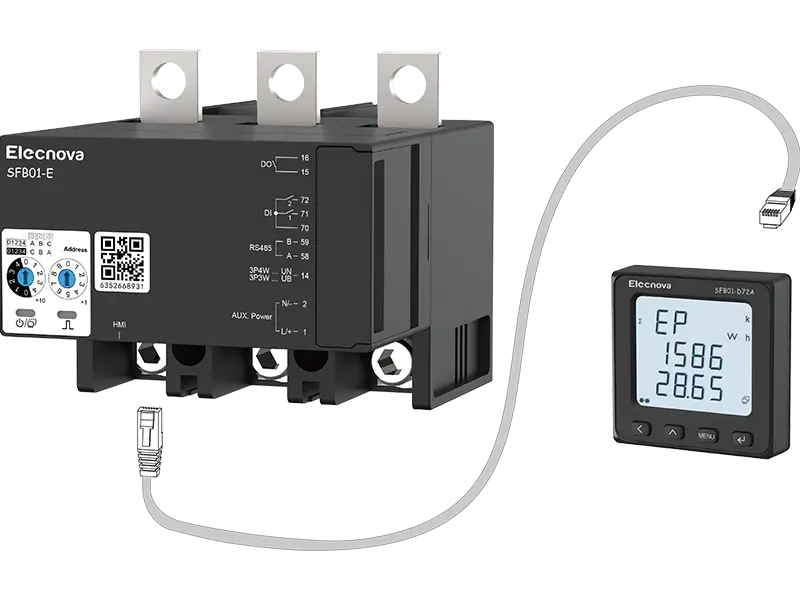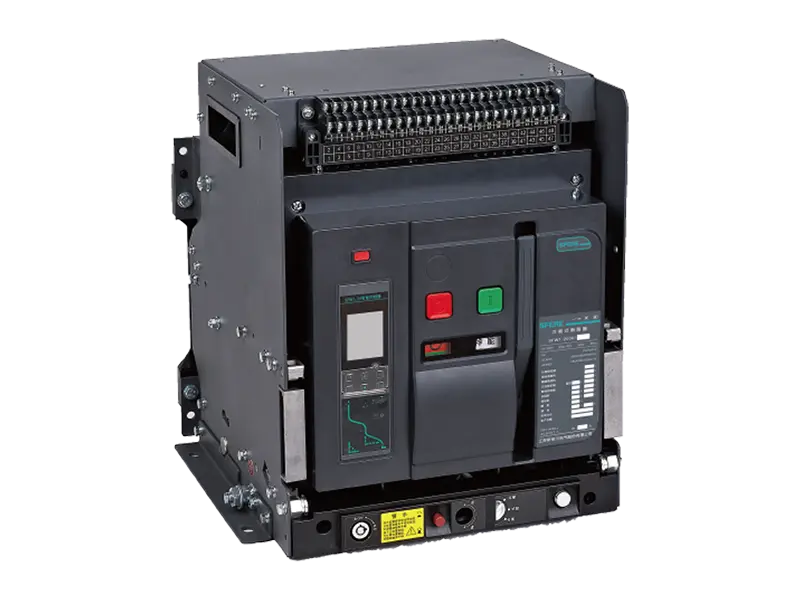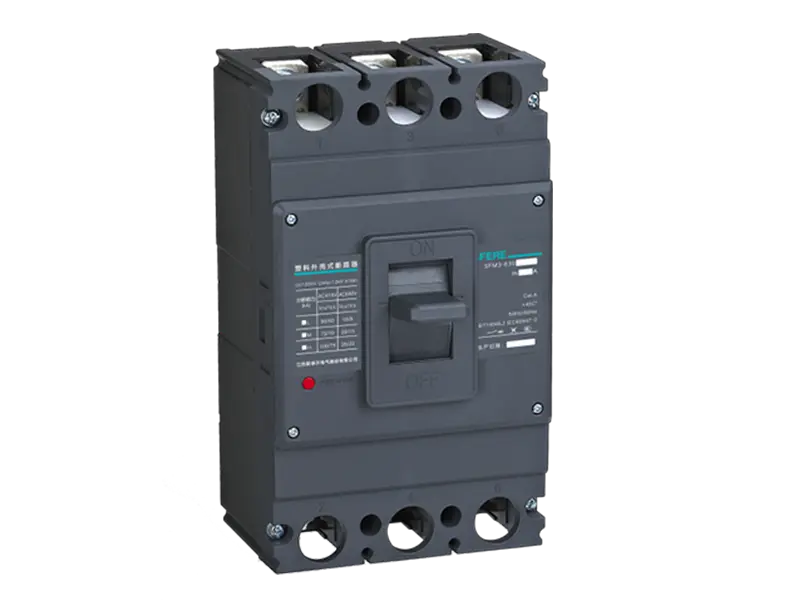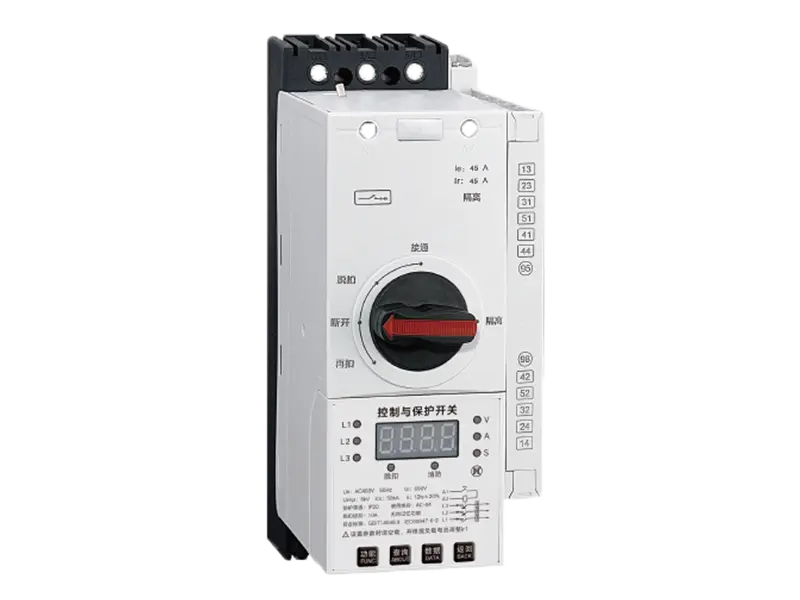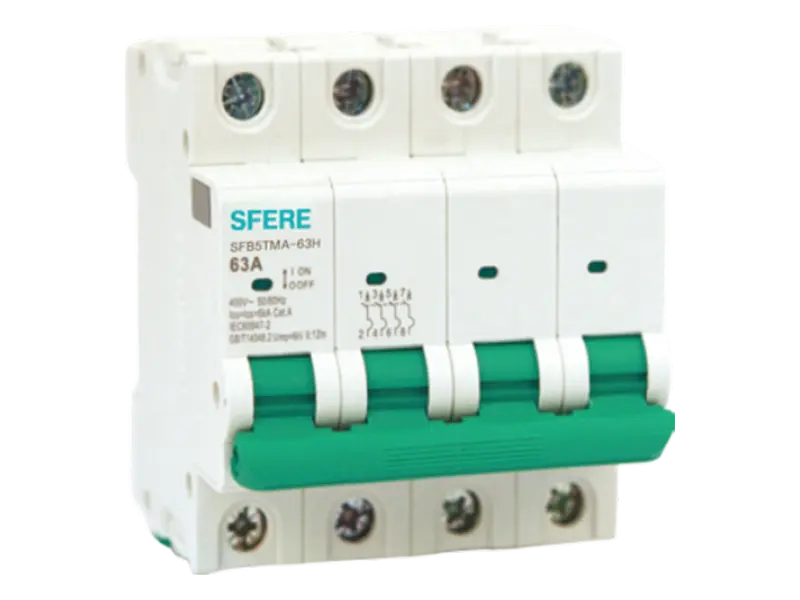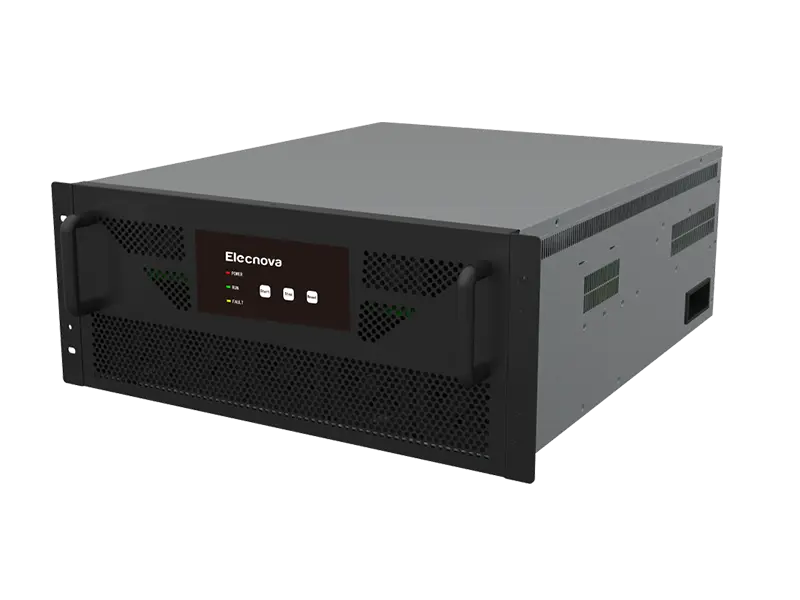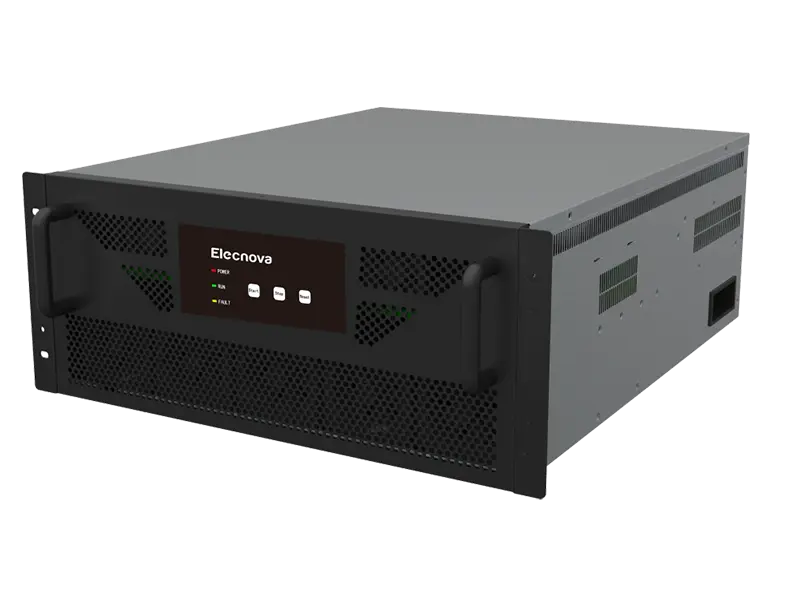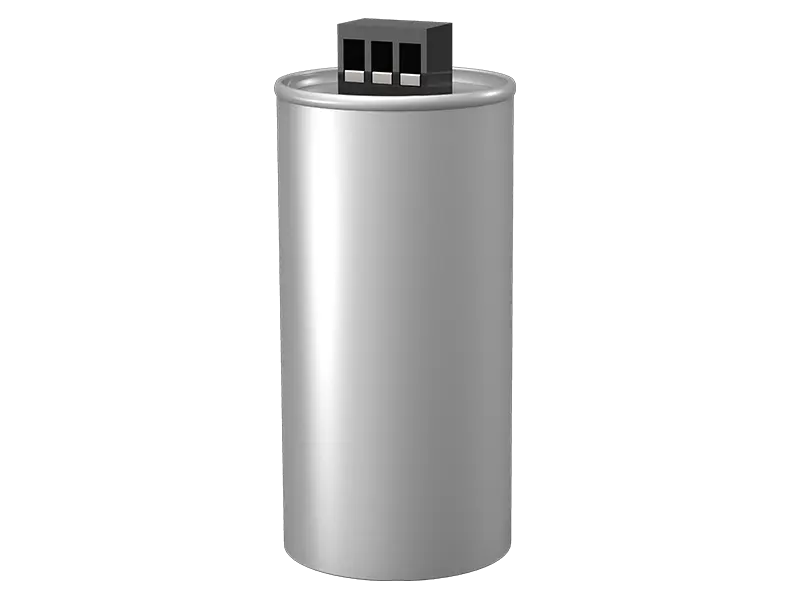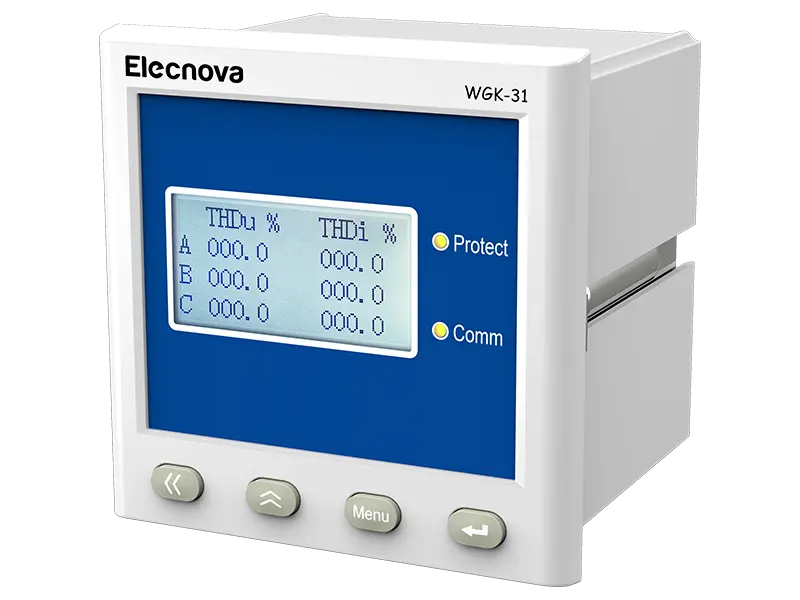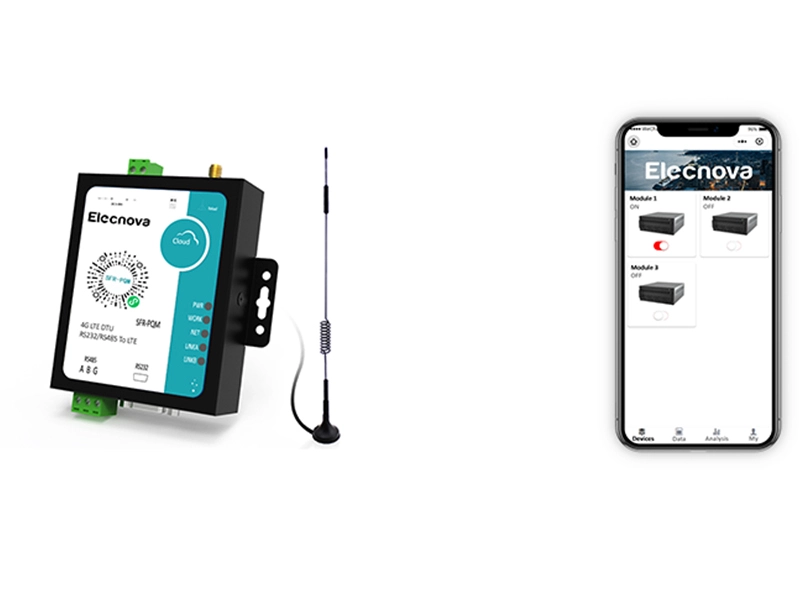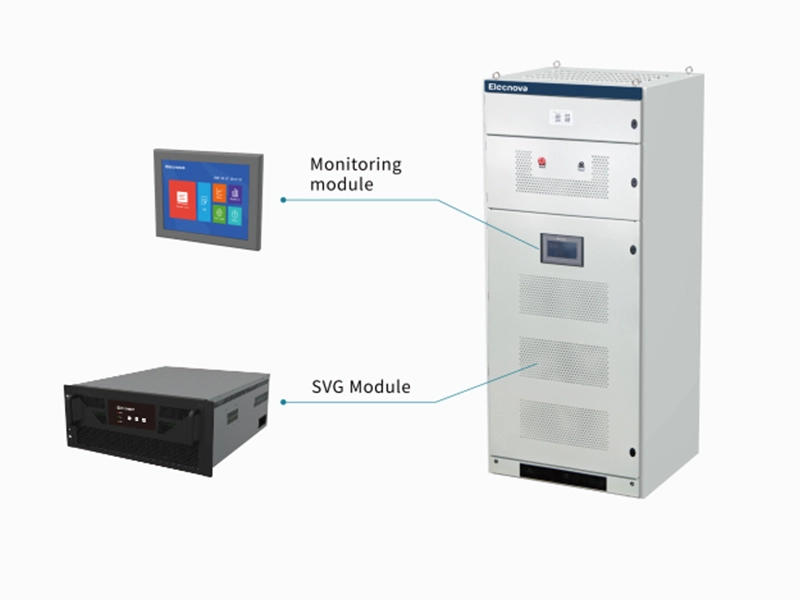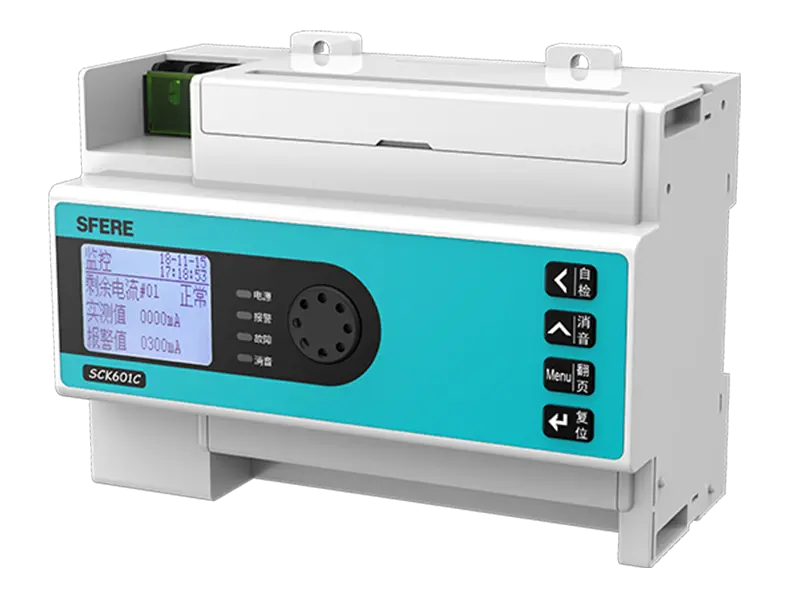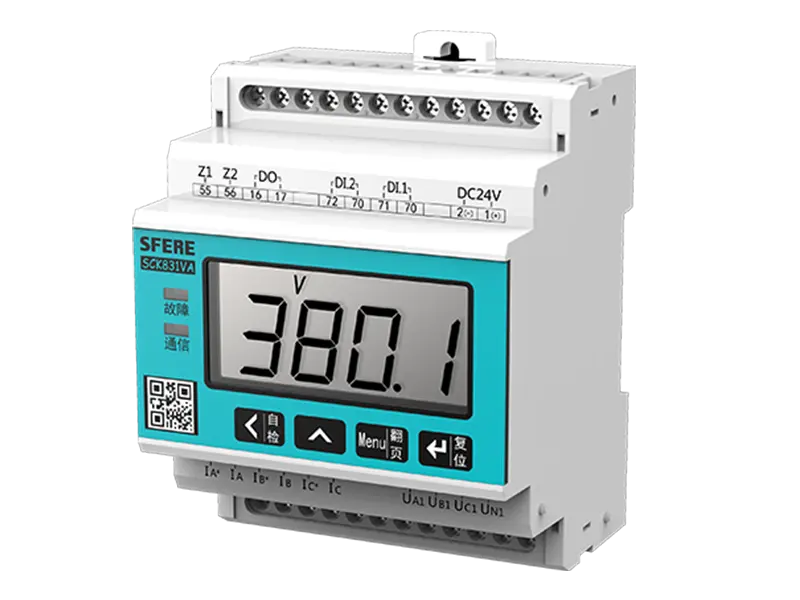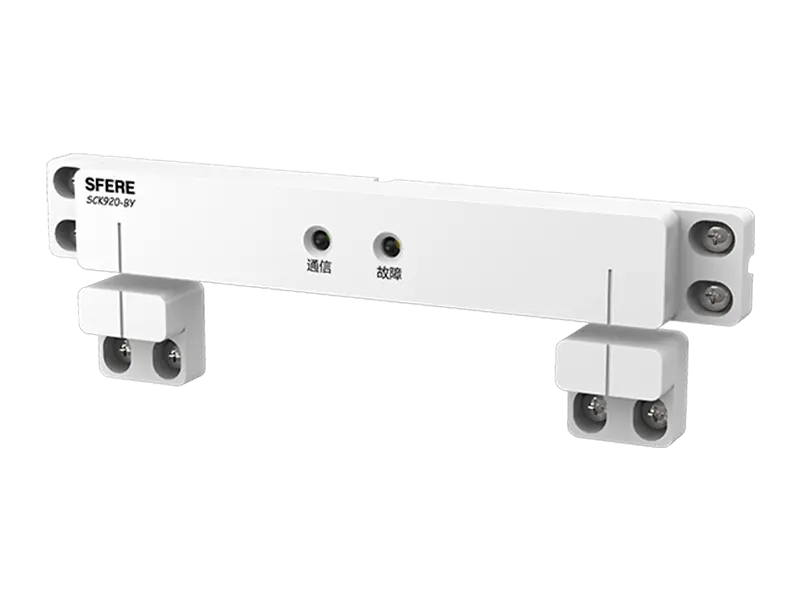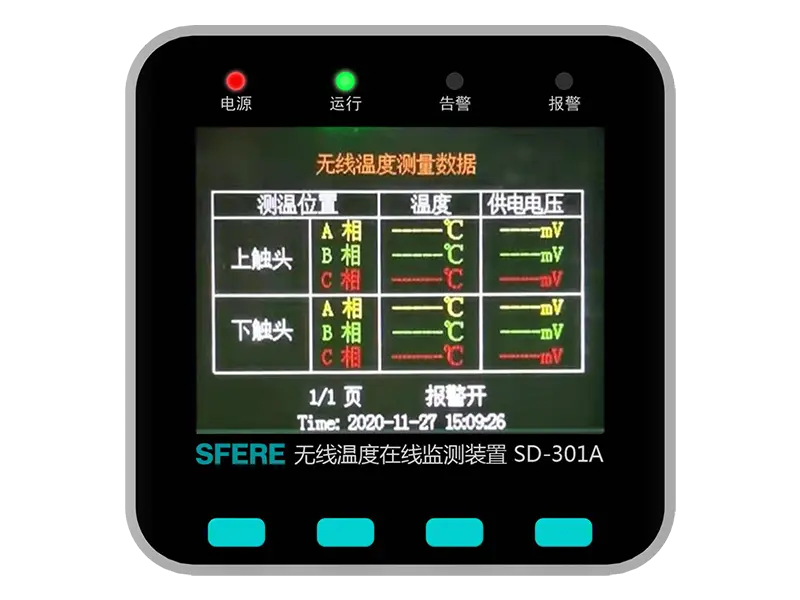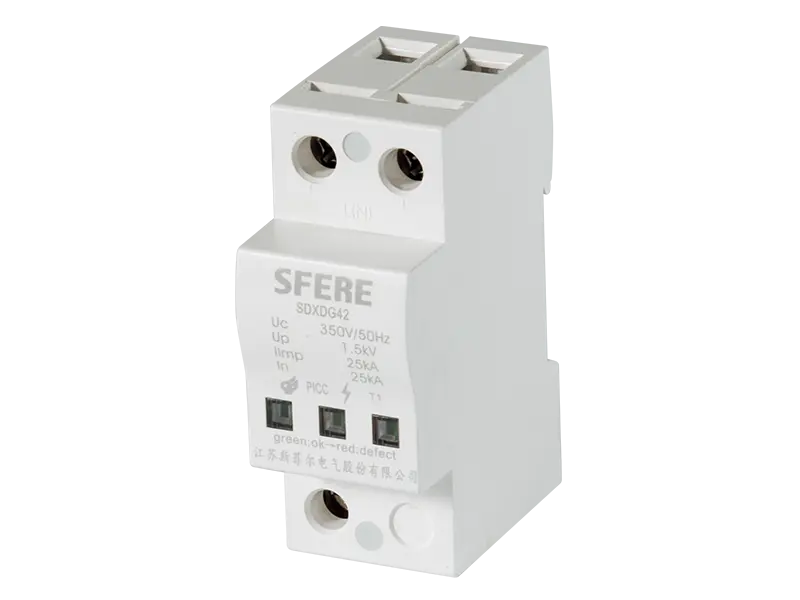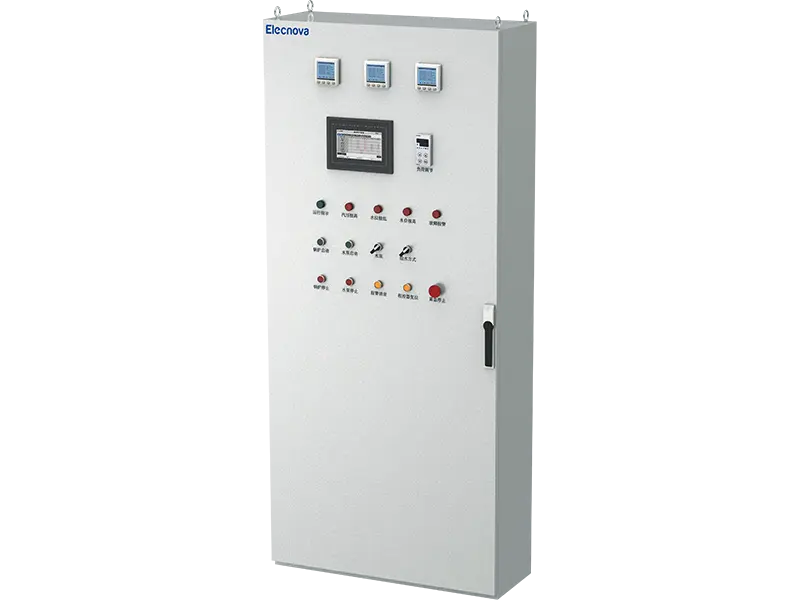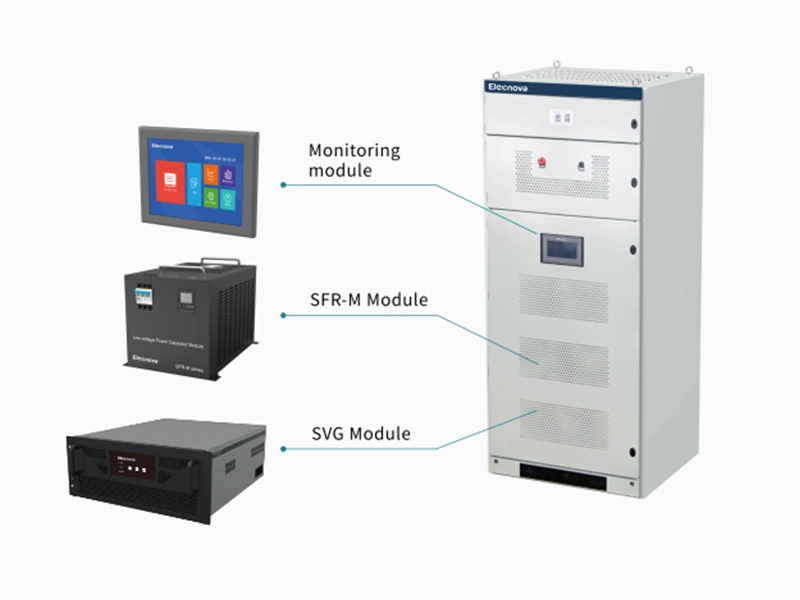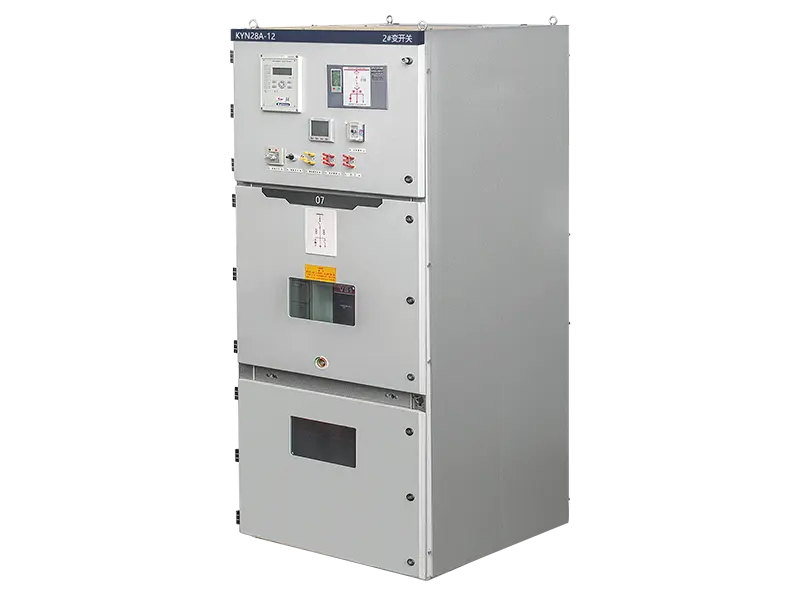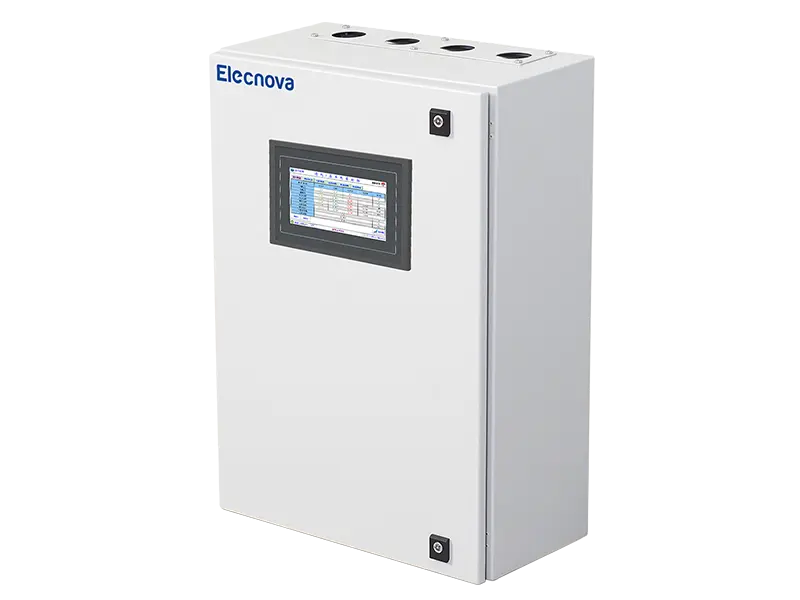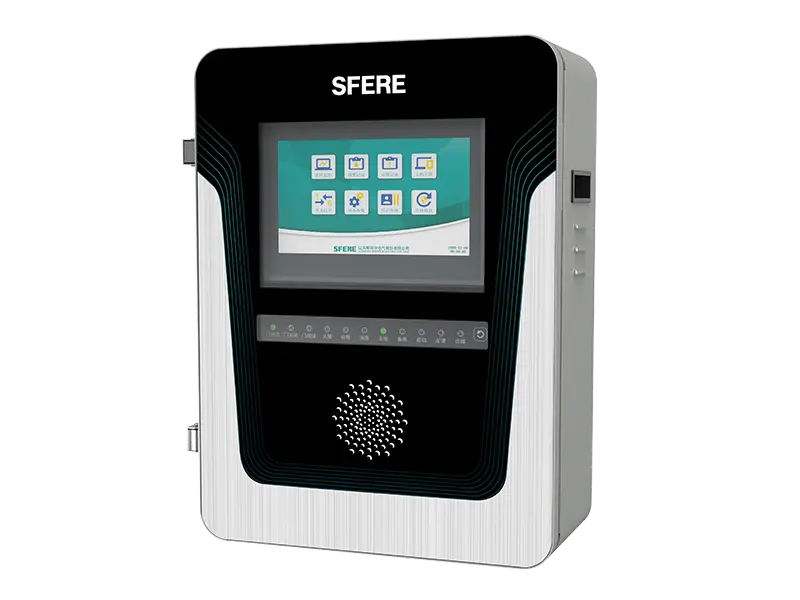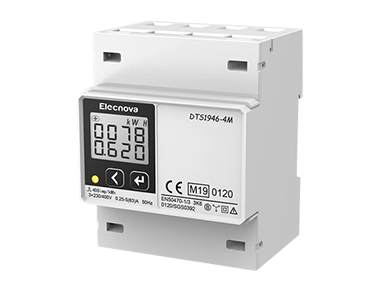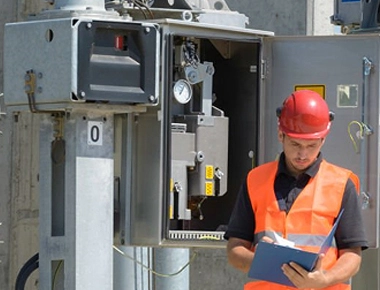Electrical fires pose a significant risk in homes, workplaces, and industrial settings due to the potential for devastating consequences. Understanding the causes of electrical fires and implementing preventive measures are crucial to mitigating this hazard. Here are some key points to elaborate on the causes and prevention of electrical fires:
Causes of Electrical Fires:
Overloading Circuits: Overloading electrical circuits by connecting too many devices or appliances to a single outlet can lead to overheating of wires, causing them to melt and ignite nearby materials.
Faulty Wiring: Poor installation, aging, or damaged wiring can result in short circuits, arcing, and electrical faults that may spark fires. Loose connections, exposed wires, or frayed insulation are common culprits of faulty wiring.
Electrical Equipment Malfunctions: Defective or malfunctioning electrical equipment, such as faulty switches, outlets, or appliances, can generate sparks or excessive heat, triggering electrical fires.
Improper Use of Extension Cords: Using extension cords inappropriately, such as daisy-chaining multiple cords together or running them under carpets or rugs, can cause overheating and create fire hazards.
Lightning Strikes and Power Surges: Lightning strikes, power surges from utility grid disturbances, or transient voltage spikes can introduce high-voltage currents into electrical systems, leading to electrical fires.
Prevention of Electrical Fires:
Regular Inspections and Maintenance: Conduct routine inspections of electrical systems, equipment, and wiring to identify and address any potential issues or hazards. Replace damaged cords, outlets, and switches promptly.
Avoid Overloading Circuits: Distribute electrical loads evenly across circuits, avoid plugging multiple high-wattage devices into a single outlet, and use power strips with overload protection.
Proper Installation and Wiring Practices: Ensure that electrical installations comply with building codes, use qualified electricians for wiring work, and avoid DIY electrical projects that may compromise safety.
Use of Surge Protection Devices: Install surge protectors or suppressors to safeguard equipment from power surges and transient voltage spikes that can cause electrical fires.
Educate and Train Personnel: Provide training on electrical safety practices, emergency procedures, and fire prevention measures to personnel working in environments where electrical hazards are prevalent.
Fire Detection and Suppression Systems: Install smoke detectors, fire alarms, and fire suppression systems to detect and respond to electrical fires quickly, minimizing damage and ensuring occupant safety.


